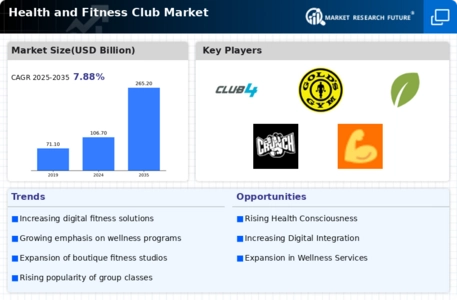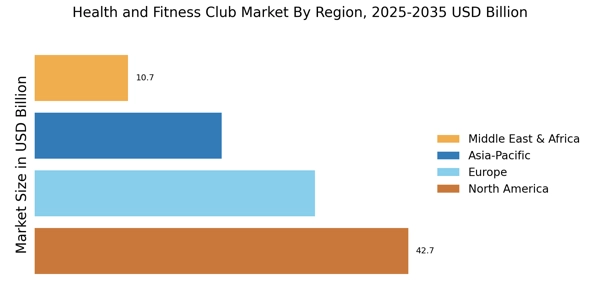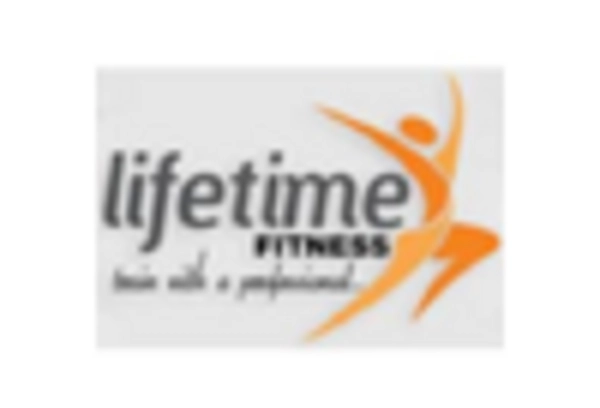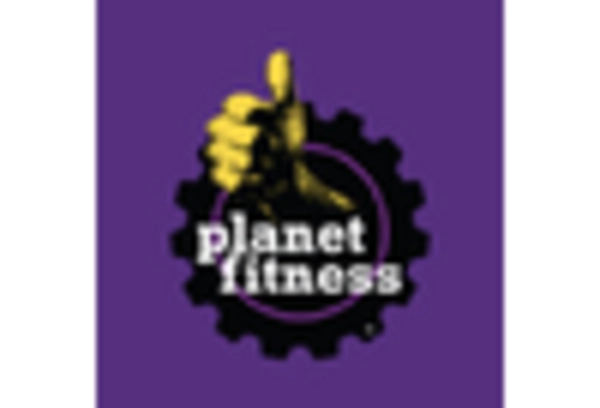Health Fitness Club Market Summary
As per MRFR analysis, the Health and Fitness Club Market Size was estimated at 106.71 USD Billion in 2024. The Health and Fitness Club industry is projected to grow from 115.12 USD Billion in 2025 to 245.84 USD Billion by 2035, exhibiting a compound annual growth rate (CAGR) of 7.88 during the forecast period 2025 - 2035.
Key Market Trends & Highlights
The Health and Fitness Club Market is experiencing a dynamic shift towards technological integration and holistic wellness.
- Technological integration is reshaping member experiences, enhancing engagement through apps and virtual classes.
- Community engagement initiatives are fostering loyalty and retention among members, particularly in North America.
- Holistic wellness offerings are gaining traction, with an increasing focus on mental health alongside physical fitness.
- Rising health awareness and innovative fitness technology are driving growth, particularly in gym equipment and personal training segments.
Market Size & Forecast
| 2024 Market Size | 106.71 (USD Billion) |
| 2035 Market Size | 245.84 (USD Billion) |
| CAGR (2025 - 2035) | 7.88% |
Major Players
Planet Fitness (US), LA Fitness (US), Anytime Fitness (US), Gold's Gym (US), Snap Fitness (US), 24 Hour Fitness (US), Life Time Fitness (US), Curves (US), Fitness First (AU)


















Leave a Comment